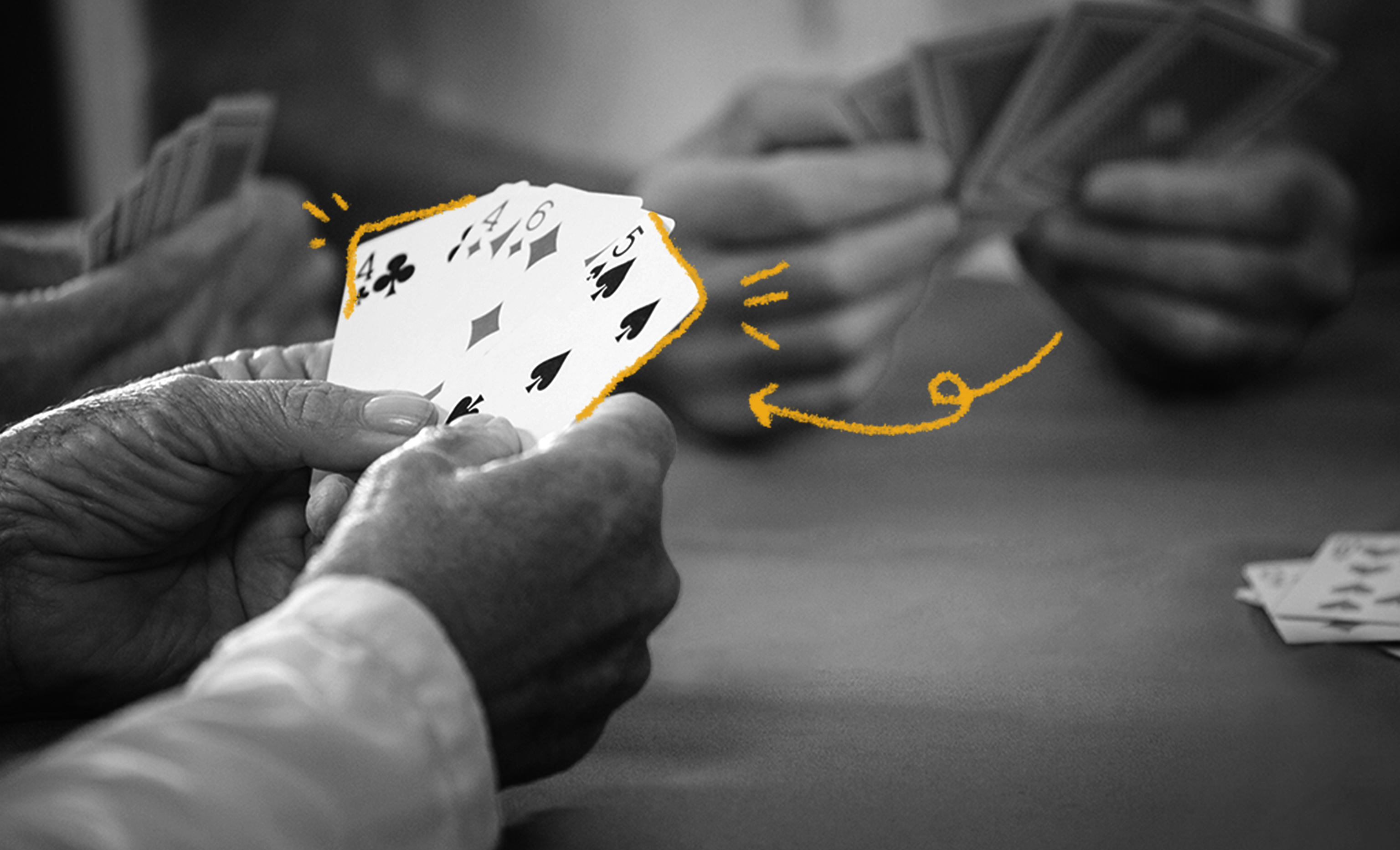The origin of playing cards is highly debated: some scholars think they were developed in China in the 9thcentury, while others believe they were developed alongside tile games like dominos or mahjong. Still others think that playing cards originated as “play money” for early gambling games. However, the earliest confirmed record of playing cards appears in a German manuscript from 1377. The first four suits were introduced in Europe around the close of the 14th century — the Swords, Clubs, Cups, and Coins. (Interestingly, these suits are still used on Italian and Spanish playing cards today and are referred to as the “Latin suits.”) Early playing cards were hand-painted masterpieces, and therefore typically only used by the wealthy. But as new methods were created for producing playing cards faster and more cheaply, their popularity spread. After they were established as a favorite among German soldiers, the Germans found new ways of mass producing them, and soon decks of cards were being exported all over Western Europe. Notably, the Germans changed the Italian suits to Hearts, Leaves, Acorns, and Bells, which better reflected rural German life. In the 15th century, the French developed the suit imagery that we still see on playing cards today, became the first to divide the suits into two colors (red and black), and supplanted Germany as the top playing card manufacturers in Europe. But high taxes in France caused manufacturers to move to Belgium, and from there, the cards spread to new parts of Europe, including England. The English created the four suits we still use today: Clubs, Hearts, Spades, and Diamonds. They also made the Ace of Spades the most prominent and customized card in a deck, because for tax reasons, manufacturers were required to purchase one from the Commissioners for Stamp Duties from 1828 to 1862, and the tradition of making the card stand out stuck. In the 1860s, Thomas de la Rue was able to mass produce large amounts of playing cards and standardized the designs. In 1835, an American named Lewis I. Cohen further improved the mass production of playing cards by creating a printing press that could print all four colors at once. Americans also introduced Joker cards around 1860. Another notable American manufacturer was Russel, Morgan & Co., which later became the United States Playing Card Company. The USPCC is responsible for creating Bicycle Playing Cards, the most widely used cards in the world, over 130 years ago. Today, their playing cards are considered the industry leader.

Your go-to guide for weird history facts
Subscribe to the FREE daily email that makes learning about history fun.


